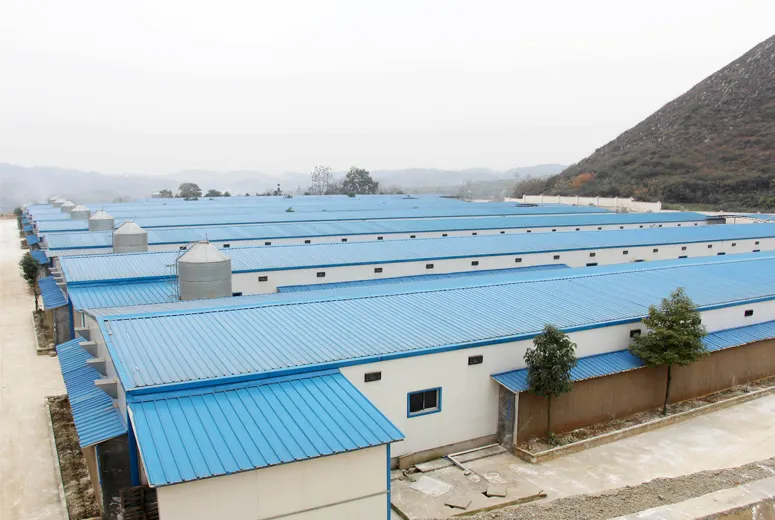- Afrikaans
- Albanian
- Amharic
- Arabic
- Armenian
- Azerbaijani
- Basque
- Belarusian
- Bengali
- Bosnian
- Bulgarian
- Catalan
- Cebuano
- Corsican
- Croatian
- Czech
- Danish
- Dutch
- English
- Esperanto
- Estonian
- Finnish
- French
- Frisian
- Galician
- Georgian
- German
- Greek
- Gujarati
- Haitian Creole
- hausa
- hawaiian
- Hebrew
- Hindi
- Miao
- Hungarian
- Icelandic
- igbo
- Indonesian
- irish
- Italian
- Japanese
- Javanese
- Kannada
- kazakh
- Khmer
- Rwandese
- Korean
- Kurdish
- Kyrgyz
- Lao
- Latin
- Latvian
- Lithuanian
- Luxembourgish
- Macedonian
- Malgashi
- Malay
- Malayalam
- Maltese
- Maori
- Marathi
- Mongolian
- Myanmar
- Nepali
- Norwegian
- Norwegian
- Occitan
- Pashto
- Persian
- Polish
- Portuguese
- Punjabi
- Romanian
- Russian
- Samoan
- Scottish Gaelic
- Serbian
- Sesotho
- Shona
- Sindhi
- Sinhala
- Slovak
- Slovenian
- Somali
- Spanish
- Sundanese
- Swahili
- Swedish
- Tagalog
- Tajik
- Tamil
- Tatar
- Telugu
- Thai
- Turkish
- Turkmen
- Ukrainian
- Urdu
- Uighur
- Uzbek
- Vietnamese
- Welsh
- Bantu
- Yiddish
- Yoruba
- Zulu
Гру . 21, 2024 00:41 Back to list
Innovative Steel Structures The Future of Construction
In recent years, the construction industry has witnessed a significant shift towards innovative design and engineering techniques, particularly in the use of materials. Among these materials, steel has emerged as a leading choice due to its unparalleled strength, flexibility, and recyclability. This article explores the latest advancements in innovative steel structures and how they are shaping the future of construction.
Advantages of Steel in Construction
Steel is an alloy made primarily of iron, with a small percentage of carbon added to increase strength. Its inherent properties make it an ideal material for construction. One of the major advantages of steel is its high strength-to-weight ratio, allowing for the construction of large structures while minimizing the material needed. This characteristic not only reduces the overall weight of buildings but also creates opportunities for more open and adaptable spaces.
Additionally, steel structures are notably durable and capable of withstanding extreme weather conditions, including high winds, earthquakes, and fire. The longevity of steel reduces the need for frequent repairs and maintenance, ultimately lowering lifetime costs. Moreover, steel is 100% recyclable, making it a sustainable choice that aligns with modern environmental goals.
Innovative Design Techniques
The integration of advanced design technologies has revolutionized the way steel structures are conceived and engineered. Building Information Modeling (BIM) allows architects and engineers to create detailed three-dimensional models of structures before construction begins. This technology enables better visualization, coordination among various stakeholders, and the detection of potential design flaws early in the process.
Another groundbreaking technique is the use of parametric design, which uses algorithms to optimize forms and structures based on specific criteria and performance metrics. This approach enables the creation of unique designs that can adapt to various requirements while maintaining structural integrity. For example, unconventional building shapes, such as twisting towers or hyperbolic surfaces, have been made possible through these innovative design methods.
innovative steel structures

Prefabrication and Modular Construction
Prefabrication and modular construction are changing the landscape of steel construction. Instead of traditional on-site building methods, sections of steel structures are manufactured in a controlled factory environment. This process not only speeds up construction times but also enhances quality assurance, as components are fabricated under optimal conditions. Once completed, these modules are transported to the construction site and assembled with minimal labor.
This method is particularly advantageous in urban environments where space is limited and construction must adhere to strict deadlines. For instance, modular steel housing units can be rapidly deployed to address housing shortages, offering a viable solution for quick urban development.
Integrating Smart Technology
The advent of smart technology is further enhancing the capabilities of steel structures. From utilizing sensors to monitor structural health in real-time to integrating energy-efficient systems, innovative steel buildings are becoming smarter and more sustainable. For instance, the implementation of automated energy management systems allows buildings to optimize energy usage, significantly reducing their carbon footprints.
Moreover, the concept of smart cities is gaining traction, where steel structures can interact with their environments through advanced technology, contributing to more sustainable urban living. The integration of solar panels, green roofs, and rainwater harvesting systems within steel buildings exemplifies this trend towards a more eco-conscious approach to urban design.
Conclusion
Innovative steel structures represent the future of construction, blending advanced engineering, sustainable practices, and cutting-edge technology. The adaptability, durability, and efficiency of steel make it an ideal material for a wide range of applications, from residential and commercial buildings to infrastructure projects. As the industry continues to evolve, embracing these innovations will be key to developing smart, sustainable environments that meet the needs of future generations. Through ongoing research and development, steel will undoubtedly remain a cornerstone of modern architecture, pushing the boundaries of what is possible in construction.
-
Cold Formed Steel Residential Framing
NewsMay.21,2025
-
Innovative Steel Structure Building Solutions
NewsMay.19,2025
-
Innovative Prefab Metal Shed Solutions
NewsMay.19,2025
-
Durable Steel Horse Shelter Solutions
NewsMay.19,2025
-
Durable Metal Shed Solutions
NewsMay.19,2025
-
Durable Big Metal Shed Solutions
NewsMay.19,2025
Products categories
Our Latest News
We have a professional design team and an excellent production and construction team.












